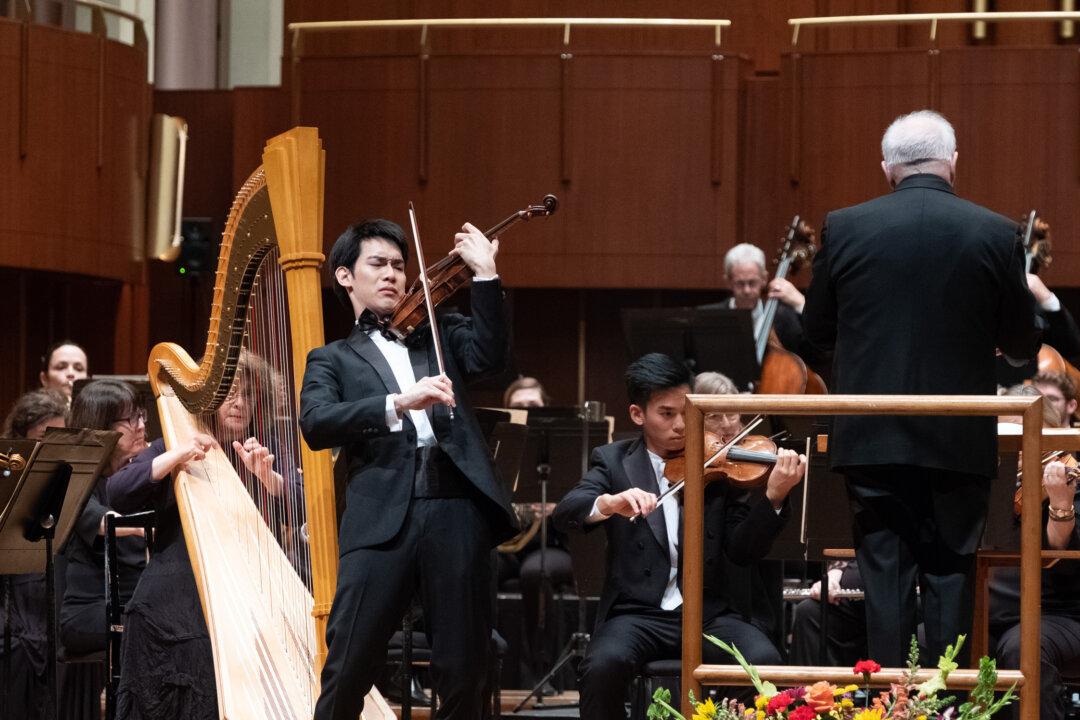Just recently, 27-year-old violinist Richard Lin took home one of the largest classical music prizes when he won gold medalist at the 10th Quadrennial International Violin Competition of Indianapolis (IVCI).
It’s not his first win---Lin has already netted top prizes at Sendai, Wieniawski, Singapore, Shanghai, and other competitions. Former IVCI top prize winners include Leonidas Kavakos, Judith Ingolfsson, Augustin Hadelich, and many others.






